Friends would mime holding my bump, as if they felt sorry for me and knew it needed all of the support it could get. I seemed too to leave a ‘wake’ not behind me, but rather in front of me. Everyone moving out of the way as if they might get pulled under the concrete with the inertia of my movements. What was it with people!? They seemed to think that if they got close enough to me, the pregnant woman, that I would somehow spontaneously combust that baby onto the sidewalk and spill fluid all over their freshly polished Hush Puppies.
There would also be the shape in-hale or groan at my predicament and the well-meaning comments - 'Not long now..' 'Twins?' Or the motherly looks and expressions of adoration for my 'plight'. The 'Oh, I remember like it was yesterday' looks.
I had abdominal pain and stretch marks appearing from about the 20 week mark. Pelvic pain and stretch marks were normal and common enough, I was told. Ignorance was bliss though as I had no idea of the full spectrum of purple hues that would present, until after I delivered my Sumo baby. Just as my skin had no elasticity, neither was my core overly enthusiastic about doing it’s job. My back and pelvic pain grew, as the weight of my dear bundle did too.
Nobody had told me that I was supposed to wear a support belly band through pregnancy. I’d never even heard of it! So here’s what I wish I knew when I was just like YOU... So, what is a maternity belly band and what should it do?
#1 It should be adjustable


With your continually changing bodies, your belly band needs to be entirely adjustable. You certainly don’t want to have to be buying multiple ones!
During pregnancy it is very normal to gain on average between 10 and 12 kilograms, says Dr Jodie Dodd, a maternal and fetal medicine specialist at Adelaide's Women's and Children's Hospital. The baby, placenta and extra fluids weigh roughly six kilograms, and the rest is fat, needed to maintain fuel for the pregnancy.
And what about when you go out for a big meal. You don’t want to be feeling uncomfortable with pressure on a full gut! It should be able to be loosened after meal times. You will benefit from being able to sleep in it too. It will need to be loosened during these sleepy hours. Wearing a belly band during sleep will help you with rolling over in bed and will lessen the strain these simple movements can bring.
#2 It should be comfortable
It HAS to be, or let's face it, you won't entertain it. It needs to be breathable too and it shouldn’t be restrictive in movement or hinder circulation, it should be light weight and non-irritating. My clients are always doing research on the best belly bands to use during pregnancy. Everyone underestimates the strain that our beautiful bulging bellies are under.
There is a common ‘white belt’ out there that the mothers are recommended, typically by their physiotherapists. I’m perplexed to remember the exact name of it. It’s a thin, white belt, that has stretch, but is still very rigid and makes you sweat (because it’s fabric is not breathable). Many times I’ve heard women express how uncomfortable and sweaty these bands are. Because the bands are unbreathable, it makes them very hot (and not just in Summer). The breathability of this product is an essential feature to understand. All that extra blood flowing in our circulatory systems, makes us sweaty mummas!
Jess says ‘’Why can’t they make one to fit a woman’s curves? And how about some comfortable, non-sweaty fabric? They’ve forgotten too about my growing belly and it’s skin sensitivity’’.
#3 It should support your body!
There’s loads of reasons why our bodies need support.Did you know that your body has been increasing in its production of the hormone Relaxin, since conception?
Relaxin is a wonderful hormone that relaxes the intrauterine ligaments so the womb can stretch, to accommodate your baby’s growth. It loosens the birth canal too, in preparation for birth. Remarkable! It also relaxes the arteries so they can accommodate the increase of blood pressure, without raising it! This hormone continues to ‘relax’ your ligaments until four months after you stop breastfeeding.
The downside is that ligaments you don't want to be relaxed, can be affected too. For instance, overly relaxed pelvic ligaments can result in pelvic instability, back pain and referred neck pain and headache. This is a perfect reason why our bodies need a support top-up.
Look for a brace that holds the abdominals together in a better position to heal.
You don’t want to wear one of these things to no affect. Make sure it is TGA (Therapeutic Goods Administration) Approved, that way you KNOW it’s got the best crack at doing what it says it can.
#4 It should help you with your posture
During pregnancy, a mother’s centre of gravity changes - With the growth of the baby, the mother’s centre of mass shifts forward. To remain stable, you will find that you need to lean back and change your gait to stay steady. A good belly band should help here by re-distributing the weight of your full tummy, and subsequently aid your posture.
Look for a design that is ergonomic, with attention given to your tummy, back and hips. You need all the support you can get so you can lift, bend, carry, rock and stand with strength.
And if you’re remotely fashion-conscious…
#5 It should keep you good-lookin’
Look for a design that will hold to your body shape. If you get the right belly band, it will smooth out your silhouette and won't ‘ride-up’ either.
My tip, if you’re still with me, watch very closely to what’s going on with your God-given natural body brace. If it is ceasing to function during pregnancy, strap on a man-made one. Or better yet… just wear one anyway. AND don’t forget you’ll want one after the baby is born!

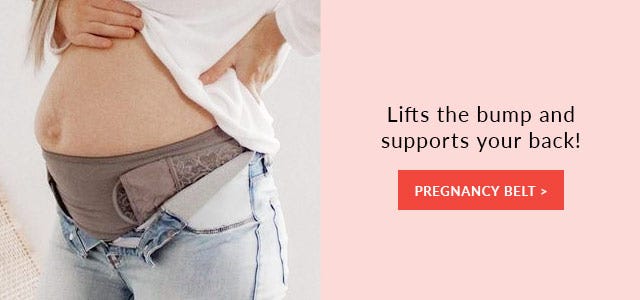
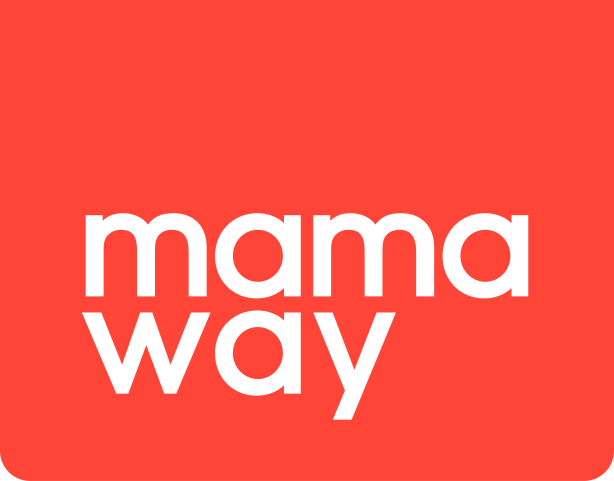



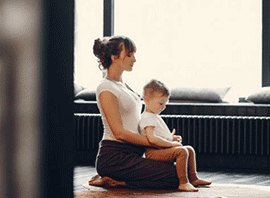






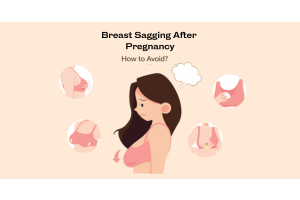


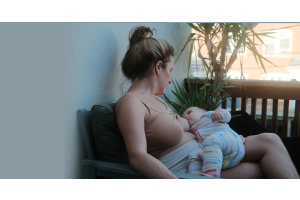
Validate your login
Sign In
Create New Account